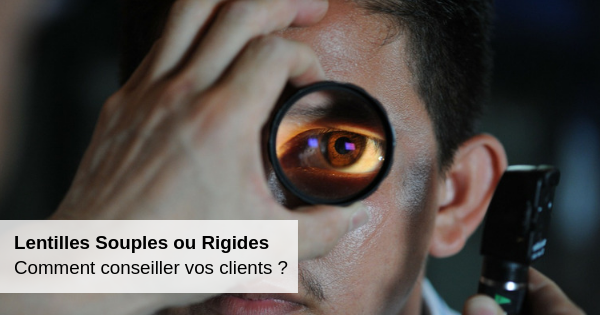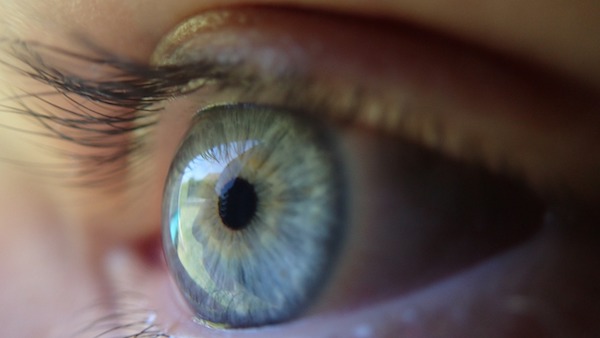Soft or hard contact lenses: how to advise your customers?

Deciding to wear contact lenses is always a complicated choice. Some time ago we tried to answer the objections that could be raised against them. In order to best advise your customers, we will discuss the difference between soft and rigid contact lenses .

Soft or hard contact lenses? A history of oxygenation!
Soft lenses are usually made of silicone. They are by far the most popular type of lens . Thanks to their soft texture, they have the advantage of being easier to adopt, to put on and to support.
They can be daily , with frequent ( monthly ) or traditional ( annual ) renewal
In order to wear them, the ophthalmologist proceeds to a test to check the amount of tears produced.
If this test is inconclusive, the use of soft lenses can not be prescribed.
 @Pixabay [/ caption]
@Pixabay [/ caption]
Rigid contact lenses, also called gas-permeable lenses or flexible lenses , have a diameter of about 8 mm and a thickness of a few tenths of a millimeter .
They are much less used, are less fragile than soft lenses and promote more oxygenation of the eyes than soft lenses. This is the main difference between the two models and what will influence the final choice.
The adaptation time of these lenses is, consequently, much longer than for the soft ones. It takes several weeks or even months to be completely comfortable with, which may, it is true, sometimes annoying.
So, how to choose?
Wearing hard lenses is very different from soft ones. As the oxygenation of the eye is favored, they can be worn for a very long time (up to 2 years), and even sometimes, depending on the model, day and night ! This must, however, be validated upstream by an ophthalmologist.
But it is especially in terms of needs that the ophthalmologist will propose or not, wearing rigid lenses.
 @Pixabay [/ caption]
@Pixabay [/ caption]
Indeed, if the patient is suffering from a strong astigmatism or dry eye , they may be recommended.
In the same way, the way of life (working in a dry or ventilated environment) will have a role to play in this choice. Since soft lenses dry eyes faster than rigid lenses, they allow tears to flow more easily.
There are two types of rigid lenses, depending on the material used in their design:
- PMMA lenses (Perspex / Plexiglas)
- RGP lenses (Rigid Gas Permeable)
Lenses called RGP are the most modern generation of rigid lenses. Thanks to their high permeability to oxygen , they correspond to the needs of lens wearers who often have dry eyes.
 @Pixabay [/ caption]
@Pixabay [/ caption]
It is therefore advisable, in order to best advise a client wishing to learn about the different types of lenses, to see with him what his needs are , but also its antecedents , its correction , its way of life , its capacity of secretion of tears …
In all the cases, one will never repeat it enough: an impeccable hygiene is necessary for all wearing lenses that are soft, or rigid. Fortunately, and this is essential, the experienced optician is there to remind his clients!


